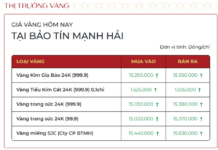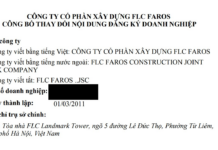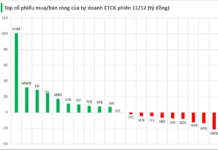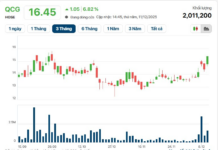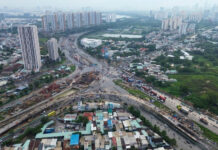On August 28th, at a press briefing, Mr. Nguyen Toan Thang, Director of the Ho Chi Minh City Department of Natural Resources and Environment, stated that the city is considering issuing a new land price list to comply with the 2024 Land Law.
There are four options for the new land price list that the city is considering: keeping the old prices, applying the state-regulated prices with a K multiplier (land-use coefficient), maintaining the old prices and updating resettlement land prices, or creating a new list that balances the interests of all parties involved.
The new prices are expected to be applied from the time of approval until December 31st, 2025.
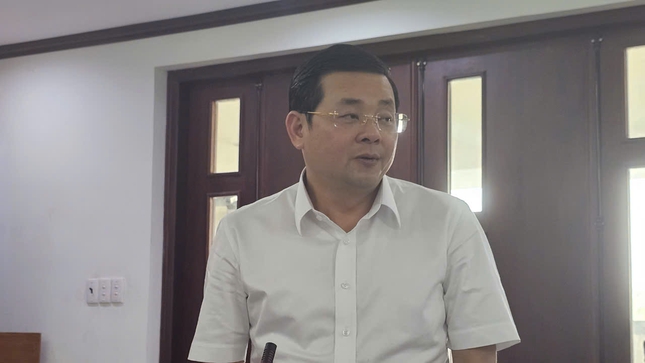
Mr. Nguyen Toan Thang speaking at the meeting.
The draft of the new land price list has gone through several stages, including drafting, receiving feedback, and holding conferences for criticism and review. The drafting committee will incorporate the feedback and make adjustments before submitting the final version to the Ho Chi Minh City People’s Committee for issuance.
In recent years, Ho Chi Minh City has started to apply specific land prices (market prices) to calculate compensation for infrastructure projects in outlying areas, such as the Ring Road 2 and 3 projects. This approach aims to gradually align land prices with market values.
For example, the state-regulated price for land along the road parallel to National Highway 22 in Hoc Mon district is VND 3.5 million per square meter, but the actual compensation paid by the Ho Chi Minh City People’s Committee was over VND 39.5 million per square meter. This serves as a basis for the city to develop a new land price list that better reflects the market reality.
It’s important to note that the land price list only reflects the actual transaction prices in the market. The financial obligations related to land will be coordinated and reported to the Ho Chi Minh City People’s Committee, who will then make recommendations to the government for adjustments in the rates and proportions of collection.
“The adjusted land price list, if applied, will result in compensation for about 80,000 households whose land will be revoked for projects,” said Mr. Thang.
The Director also emphasized that the adjusted land price list will not affect the specific land valuation for calculating land use fees and land rent for real estate and commercial housing projects. These projects are calculated using the surplus method. The adjusted agricultural land prices are more aligned with reality, resulting in more appropriate deductions for investors compared to previous years.
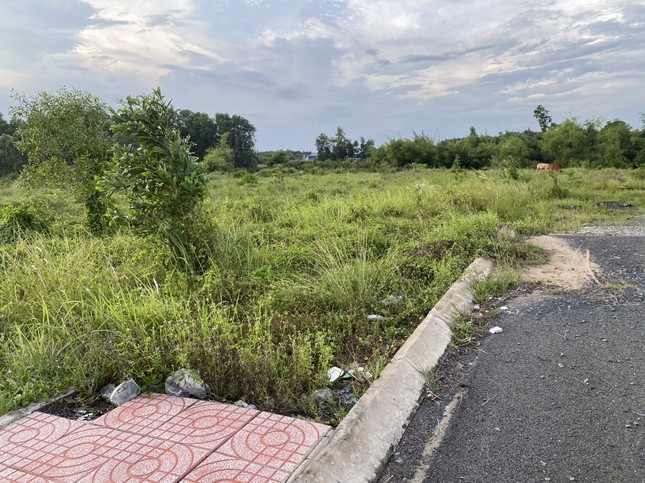
The adjusted land price list does not affect the specific land valuation for real estate projects.
In the case of converting agricultural land to residential land, individuals must pay a land use fee equal to the difference between the price of the land for the new purpose (residential) and the price of the land for the previous purpose (agricultural).
According to the expected adjustments, the prices of agricultural land will increase by an average of 11 to 14 times, while the prices of residential land will increase by 4 to 5 times. As a result, the gap between the two types of land will gradually narrow.
“With the adjusted price list, which is based on market transactions, and with compensation prices decided by the government, both sides will have a basis for agreement,” said Mr. Thang.
Proposed Planning for Adding 2 New Cities in Ho Chi Minh City
According to Architect Ngô Viết Nam Sơn, Ho Chi Minh City should consider planning two cities within the city in the south and north.









